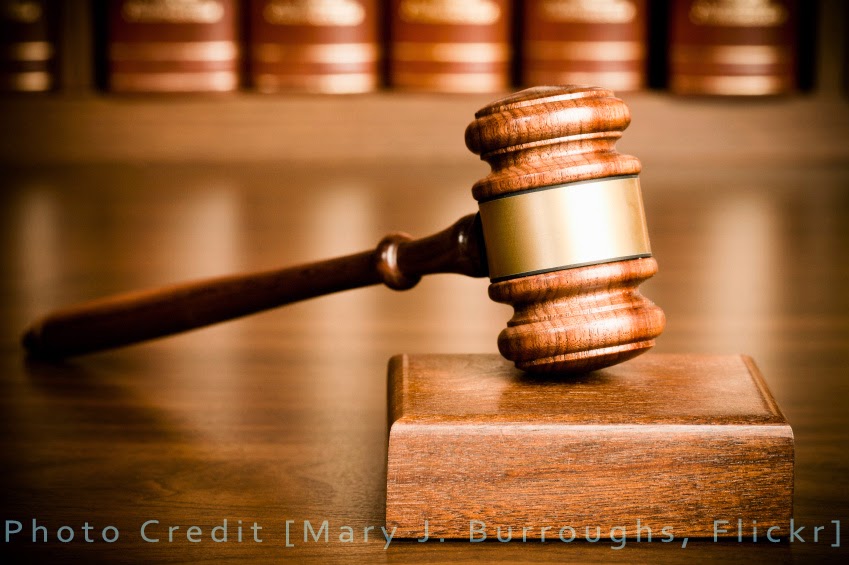As you work with one of the Los Angeles car accident lawyers, both of you will go through the stages of a personal injury case. Should both parties do not come to an agreeable settlement, injury lawsuits normally proceed to a trial.


What really happens in a trial?
It's not how you exactly see it in movies or on TV, both parties, not to mention, a car accident lawyer in Los Angeles goes through a series of stages. A trial is where the plaintiff can have the opportunity to defend and keep his/her case stronger. On the other hand, this is the time where the defendant grabs his/her chance to refute the other party's case. Both can offer and present their evidences hoping to come to a fair settlement.The Phases of a Personal Injury Trial:
Although you may have hired one of the best car accident lawyers in Los Angeles, either the plaintiff or the defendant will still have a greater chance to win the case. It all boils down to the hear of a personal injury trial. You will find it in the middle of these phases of a typical personal injury trial;- Choosing a Jury
- Opening Statements
- Witness Testimony and Cross-Examination
- Closing Arguments
- Jury Instruction
- Jury Deliberation and Verdict
Witness Testimony Process
Witnesses play an important role in the trial. The plaintiff may utilize the power of the witness to prove the defendant's legal responsibility. Whether the plaintiff or the defendant presents his strong evidence, both have to follow the process or the formula.Here is a glimpse of what will happen during the trial as the witness is called or presented.
- First, the witness stands and swears. He/She takes an oath that he/she will only tell the truth and nothing else.
- Second, the party who presented their witness begins to question the witness. The party starts a 'direct' examination. This process allows the party to strengthen their position to dispute.
- Third, it is not just the party who presented the witness will have the opportunity to ask questions, the opposing party will be given the chance to cross-examine the witness. They may attempt to poke holes in the witnesses' testimonies or response. At some point, they may attack on his/her credibility or discredit the testimony.
- Fourth, the party who presented their witness will be given another opportunity to ask questions to counter the effects of the cross-examination.
Following this process should enable or bring the case to a settlement. The 'case-in-chief' should be able to allow the trial to move on to the next phase which is the closing arguments. Few more steps and the case will come to an agreement.









